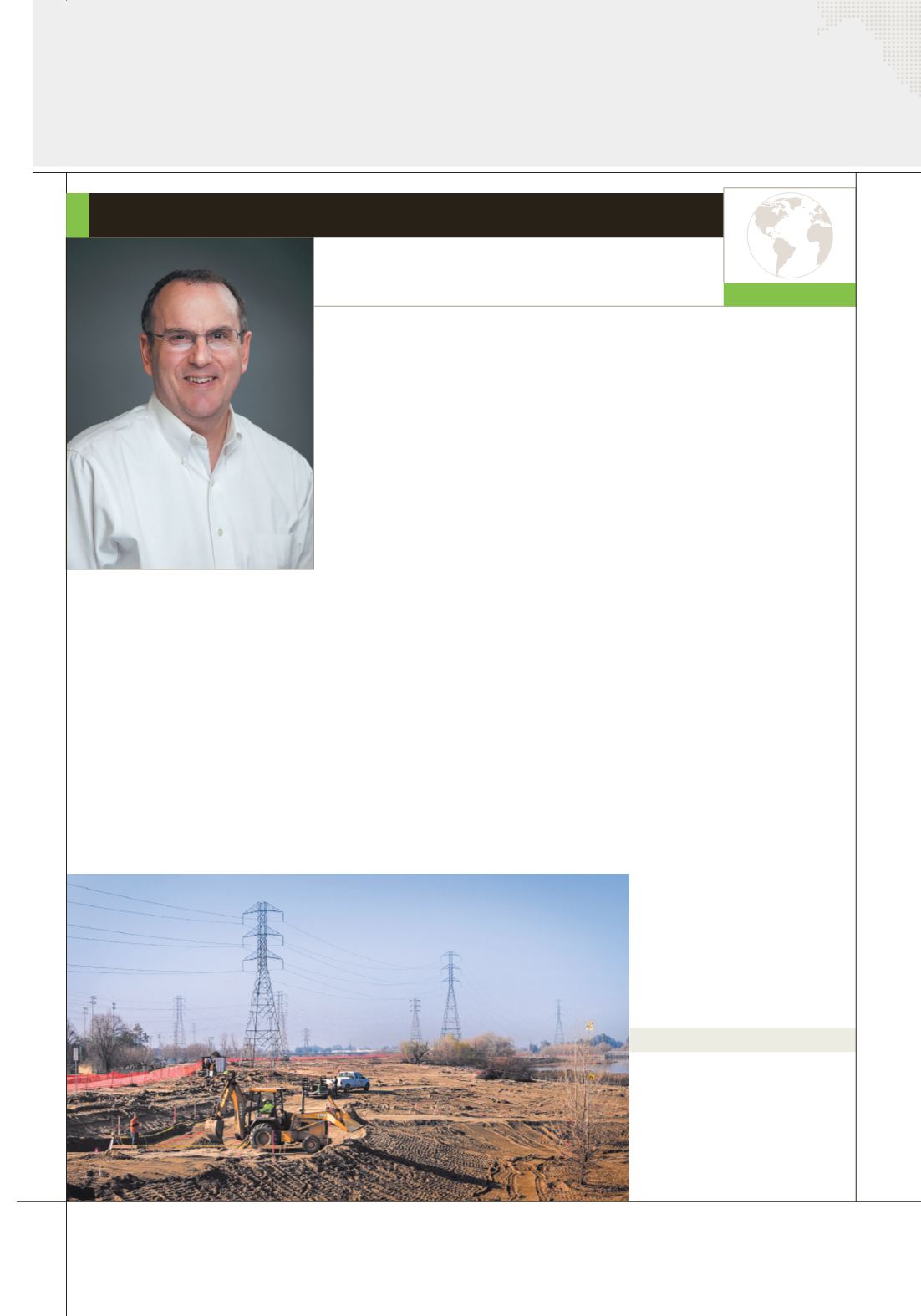

I N N O V AT I O N S • V O L . V I I , N O. 1 • 2 0 1 5
4
Global
Perspective
RESEARCH IN PIPEL INES
The oil & gas pipeline industry has become a larger part of the public dialogue
than ever before. This increased awareness provides the industry with an
opportunity to demonstrate our capabilities. There is a push from regulators
and the public for a safer, more efficient and environmentally conscious pipeline
system. In response, the industry has reaffirmed its commitment to operational
excellence and has established a goal of zero failures. In order to reach this
desired outcome, there is a necessity to develop the most effective tools and
techniques. Pipeline Research Council International (PRCI) and its members – 40
of the world’s leading pipeline operators and 39 solution providers (including T. D.
Williamson) – have worked to develop this research agenda for the industry.
One of the key parts of the agenda includes enhancing and improving inline
inspection (ILI) tools. ILI is one of the key techniques used to validate pipeline
safety and integrity. PRCI is also working to reduce the impact of third-party damage to our pipeline systems. Third-party
damage is the leading cause of pipeline failure and is an area that the industry needs to focus its attention. PRCI is
looking at a number of options from underground-based (fiber optic solutions for new systems) and ground-based sensors
(including car based), aerial (fixed wing, drone, or helicopter), and space (involving new satellite technology). Understanding
who or what is on the right-of-way will allow us to make better decisions on how to respond to threats in a timely fashion.
We are also working to enhance leak detection technology. If there is a release, the industry needs to be able to respond
before the leak can become a critical issue.
To enable even greater step change technology development, PRCI is building a new facility in Houston, Texas, that will
open in May 2015. The new Technology Development Center (TDC) will be located on an 8.5 acre site with a 30,000 sq. ft.
workshop, office space, and meeting space, and it will include a state-of-the-art pull test facility. The pull test facility will
be used to test and enhance the performance of ILI tools. The workshop will be able to host a variety of research activities
with the initial focus being on nondestructive evaluation (NDE) tools. The TDC will also serve as a site for training on PRCI
research results, and this will
enable PRCI members to more
rapidly adopt key findings.
For additional information
on any of the above items
please visit our website at
www.prci.org.
Cliff Johnson
PRESIDENT, PIPELINE RESEARCH COUNCIL INTERNATIONAL
Third-party damage to pipelines,
caused by a variety of sources
including utility excavation,
continues to be a main threat in
the oil & gas industry.
RichardThornton / Shutterstock.com



















